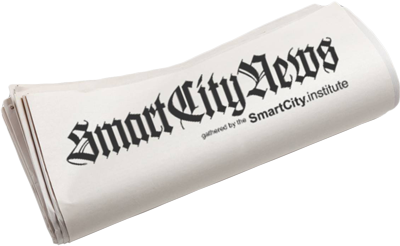Mobility CompaniesMobility instead of quantity and the automobile of the futureThe automotive industry has already undergone drastic change through measures such as automation, rationalization, globalization, consolidation, endless cost-cutting programs, modularization, regionalization, and customer-orientation programs, as well as through the financial and economic crisis. Automakers are currently focusing their attention on issues such as the topic of electromobility that has flared up again and will be established until 2022, the growing demand for new, more environmentally friendly engine designs, the advancing automation, the connected car, the need for a drastic expansion of their range of services as well as collaborations with partners within and outside the sector, which they appear to be tackling successfully.This industry has succeeded in continuously optimizing its processes. In spite of its long-term development cycles and high investment costs, it has to be capable of responding to exogenous changes on short notice. For years, it has been a role model for other sectors in many respects. Yet in view of clearly emerging market trends, the automotive sector must prepare for the future. Along with changing consumer attitudes and global environmental problems, mature markets tend to be saturated. What is more, it will not be feasible to accommodate the demand of emerging markets that are eager to consume and adopt the industrial nations’ present-day way of life. Especially in cities, mobility will change radically. Due to factors such as land use required for vehicles, traffic jams, noise emissions, and air pollution, automobiles will become increasingly undesirable in cities, while driving becomes increasingly more unappealing due to restrictive traffic regulations. Approaches for solving urban mobility issues include multimodality and interoperability of various modes of transport that offer frequent service, seamless access to transport up to the destination, ease of use, sharing options, and full digitalization of the mobility process which is becoming more and more diverse. Automobiles will continue to be part of our life, in different forms. They are important for us. As self-extensions, they help us overcome our physical limitations, offer us space and protection, and are reliable partners in everyday life for those who can afford it. Nevertheless, consumers’ demand and usage patterns will change. By 2050, almost 70% of the world’s population will live in cities. Consequently, OEMs and other mobility service providers will have to address new urban mobility needs in order to tap the associated value creation potential. In cities, new opportunities that depart from the original business model and require new value creation processes will present themselves for OEMs. In particular in the premium segment, numerous approaches can be used that boost the brand, promote brand loyalty, and attract new target groups. At the same time, new stakeholders will potentially be able to seriously disrupt the market and take over entire customer segments. In the end, the mobility offerings will be just as diverse as our mobility needs. Initial adaptations in the field of “decentralized mobility” (Etezadzadeh) are already becoming apparent. Please feel free to contact us to discuss your project. We look forward to hearing from you. Note: Would you like to use the content of this website for your own purposes? Then we kindly ask you to please cite the source. According to APA, this website can be cited as follows: Etezadzadeh, Chirine (2015). Mobility instead of quantity and the automobile of the future. http://www.SmartCity.institute. Retrieved on: DD/MM/YYYY. |



